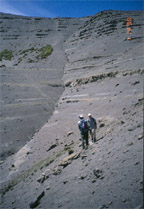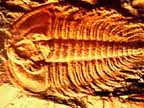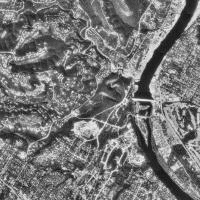 |
Part I. Introduction to the Earth
Origin of the Earth:
The
solar system and how we're
exploring it.
How to make a
planet!
MINERALS:
The Cal-Poly
Minerals page has more information on physical properties, and a
neat mineral identifier. Think you know your minerals?
Take a
cool
minerals self quiz.
IGNEOUS ROCKS:
Kilauea,
Old Faithful, and other volcano
webcams.
|
 |
SEDIMENTARY ROCKS
METAMORPHIC ROCKS
The rock cycle,
Rock identification
(good place to review for Lab midterm)
MEASURING GEOLOGIC TIME,
Geologic Time Scale, Virtual
Dating
EARTH
HISTORY and CREATIONISM
(remember
we will be having a brown bag lunch to discuss these issues outside
of class)
|
 |
EARLIEST EARTH HISTORY
Part II.
History and development of Life
Fossils and Fossilization, Dinosaurs, Distribution of
rocks of different ages in
the continental US, History
of life, Mass
extinctions
|

 |
Part
III. Geophysics, plate tectonics
EARTHQUAKES:
Virtual
Earthquakes
SEISMOLOGY: world map showing
epicenters of very recent earthquake; interactive world map with epicenters of quakes and links to more
information about them.
EARTH'S
INTERIOR: Animated
seismic waves through the earth
GRAVITY:
Gravity
Basics
MOUNTAINS:
Formation
of the Himalayas
EARTH MAGNETISM: The magnetic field carries important
information about the earth, and it is constantly
changing. Web sources provide answers to
frequently asked questions, show maps of the
magnetic declination, and show how positions of a
magnetic pole change.
More elegant views
of the field (but harder to interpret) are also
available.
OCEAN
FLOOR:
Image of sea floor topography,
Age
of ocean floor
CONTINENTAL
DRIFT
PLATE
TECTONICS: USGS Plate Tectonics, Volcano and plate motion,
fracture
zones, NASA's
Plate Tectonics
|
 |
Part IV.
Processes at the earth's surface
GLACIERS
CLIMATE: Ancient climates.
Climate change is now a controversial political
subject. Although in class we will discuss geologic
perspectives on climate, you should also be aware of
implications. For instance, ice in mountain glaciers
and on Greenland and Antarctica contains a superb
record of climate change, and these and other data on
past climates and possible future hazards are
discussed in Global warming and greenhouse gases (but beware, that link has complex graphics
and so opens slowly). A faster, useful set of links
on climate change, politics, and the environment is
provided by CNN. You can also
check on the recent UN
Climate Change Conference. A different political slant is provided by reports from the House Science Committee. Milankovitch
Theory of climate variation.
|
|
Part V.
Humanity and Natural Resources
WATER
RESOURCES: TX Water Resources at USGS, and
Texas Water Net
Edwards Aquifer Research and
Data Center,
Edwards Aquifer Homepage,
Eutrophication
and water quality, Class exercise on
the hydrogeology of the Edwards Aquifer.
OTHER INTERESTING SITES:
The Global Positioning System (GPS)
describes the satellite-based system used to
determine current plate motions, to find your way
around while driving, and to fix the distance to a
pin on the links.
For recent info directly from Mars,
see PATHFINDER.
In 1998 eruptions were continuing
at Montserrat. Parts
of the island have been evacuated, and long-term
prospects are unknown. A general guide to sites
dealing with volcanoes is the Global
Volcanism Program of the
Smithsonian. It is more comprehensive than the
well-done Volcano
World.
Meteorites; Texas through geologic time
|










